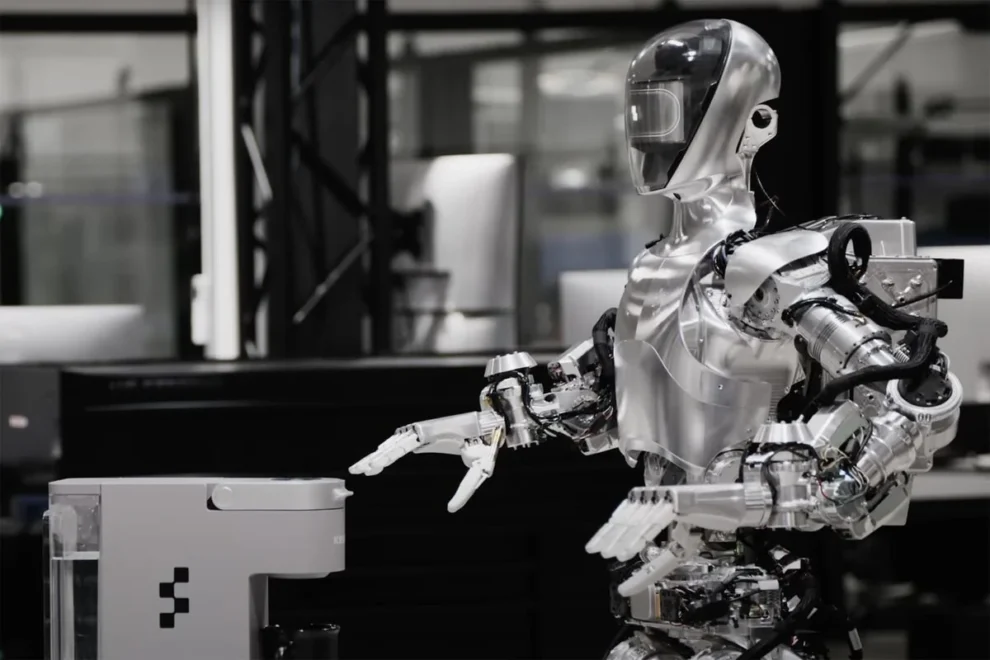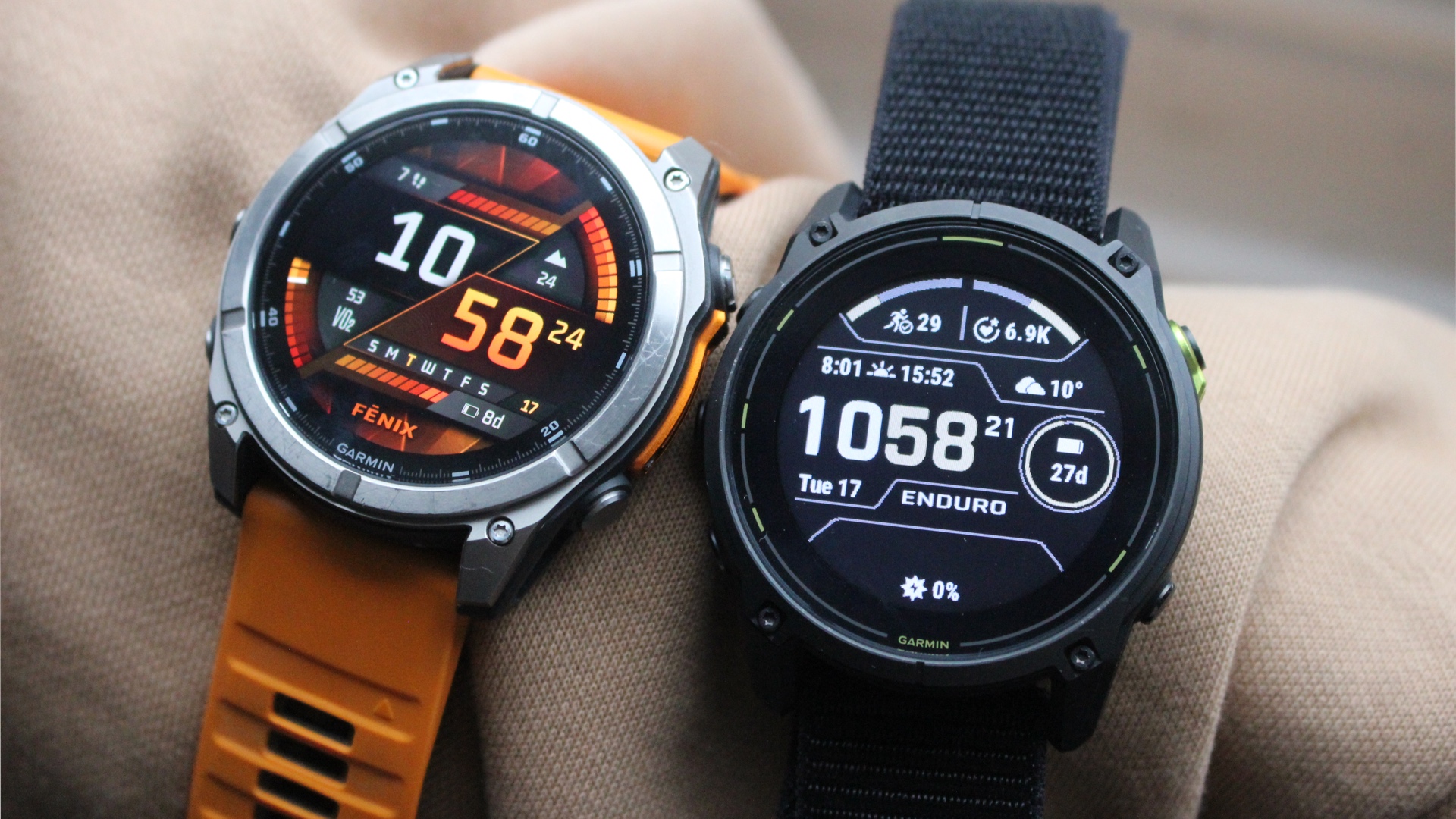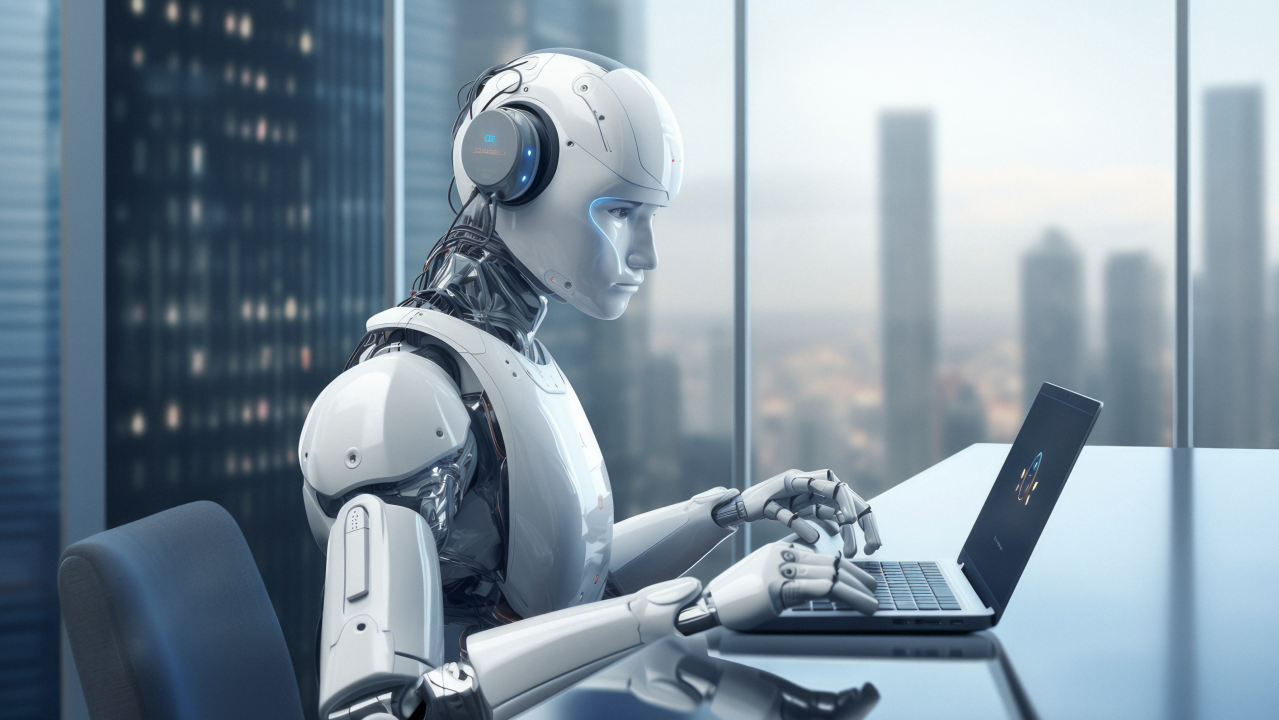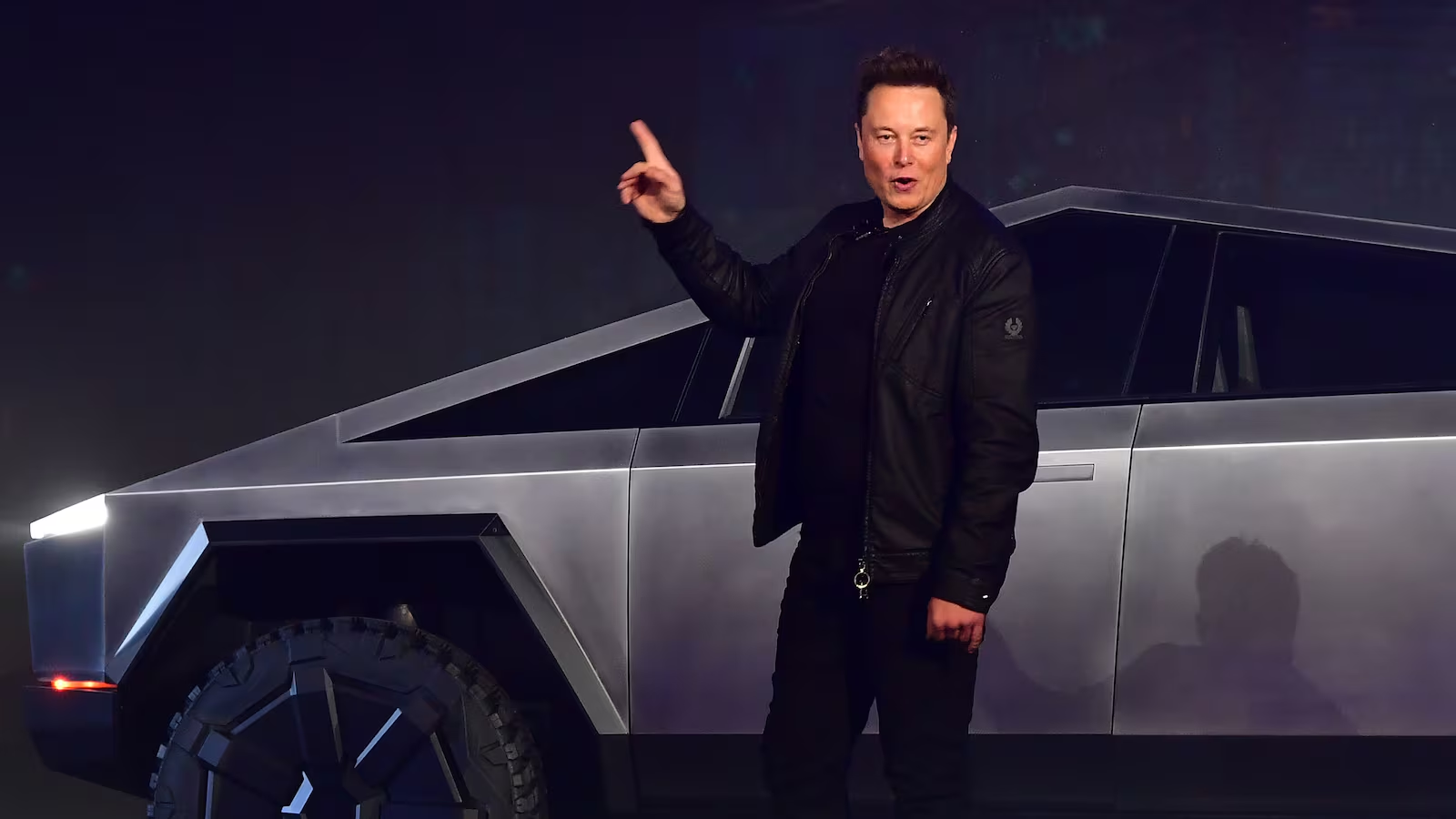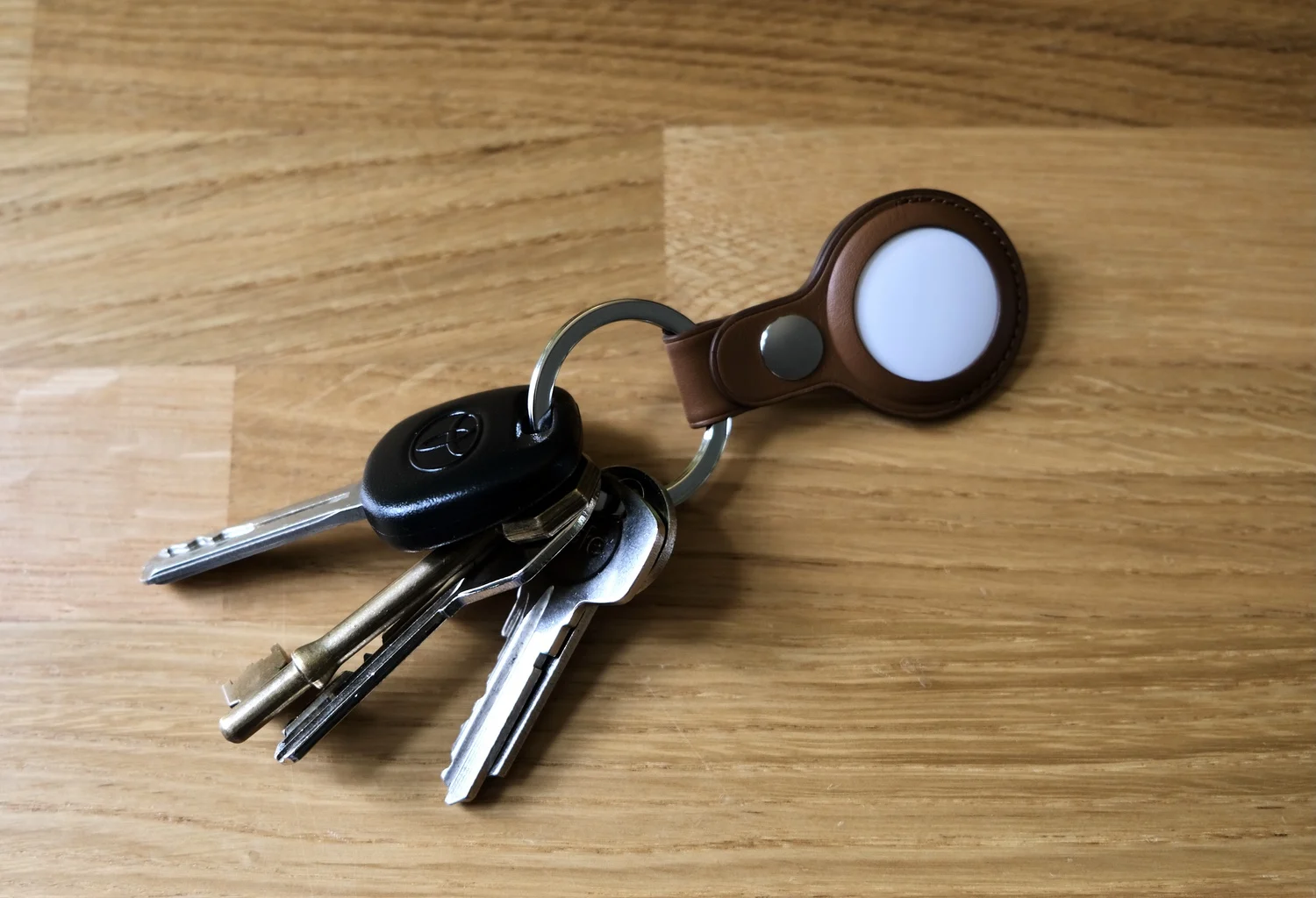OpenAI, the creator of ChatGPT, is making significant strides towards integrating artificial intelligence into humanoid robots, aiming to revolutionize various sectors from healthcare to retail. This integration represents a leap forward in making AI more versatile and functional in real-world settings.
Key Highlights:
- OpenAI has shown interest in humanoid robots, investing $5 million in Figure AI, a startup developing general-purpose humanoid robots.
- Figure AI has attracted investments from notable companies, including Microsoft and Nvidia, with a focus on creating robots that can operate in diverse environments.
- OpenAI has previously invested $23.5 million in Norwegian company 1X, which is developing humanoid robots capable of performing household tasks.
- 1X’s humanoid robots, named Eve, have demonstrated the ability to perform various tasks autonomously, showcasing the practical application of AI in robotics.

The Convergence of AI and Robotics
The collaboration between OpenAI and startups like Figure AI and 1X signifies a major step towards the integration of AI into humanoid robots. These robots are designed to perform a wide range of tasks, from simple household chores to complex industrial functions. The involvement of OpenAI, with its expertise in AI and machine learning, promises to enhance the capabilities of these robots, making them more efficient and adaptable to human needs.
Investment and Development
The investment in Figure AI and 1X by OpenAI and other tech giants like Microsoft and Nvidia underscores the potential of humanoid robots in transforming various industries. These investments aim to accelerate the development of robots that can seamlessly integrate into human environments, performing tasks with a level of precision and autonomy previously unattainable.
The Future of Humanoid Robots
The development of humanoid robots equipped with advanced AI capabilities opens up new possibilities for automation and efficiency across multiple sectors. From assisting in healthcare settings to automating tasks in warehouses, these robots could significantly reduce the workload on humans while enhancing productivity and safety.
Challenges and Opportunities
Despite the promising advancements, the integration of AI into humanoid robots faces several challenges, including ethical considerations, the need for continuous improvement in AI algorithms, and ensuring the robots can operate safely alongside humans. However, the ongoing research and development efforts by OpenAI and its partners indicate a strong commitment to overcoming these challenges.
The integration of AI by OpenAI into humanoid robots marks a significant milestone in the journey towards creating machines that can work alongside humans to improve efficiency and quality of life. While challenges remain, the potential benefits of this technological evolution are immense, offering a glimpse into a future where humans and robots collaborate more closely than ever before.

